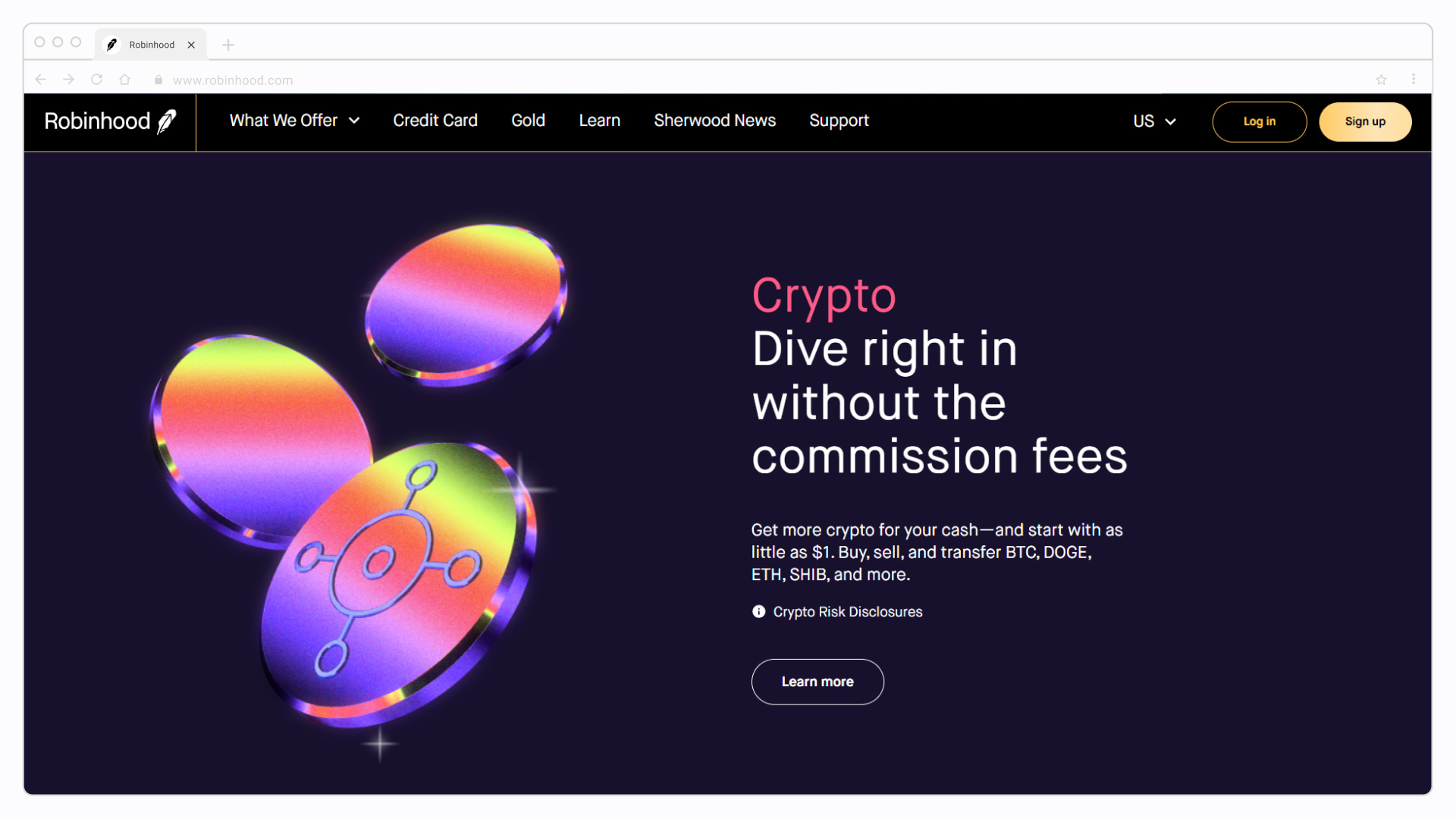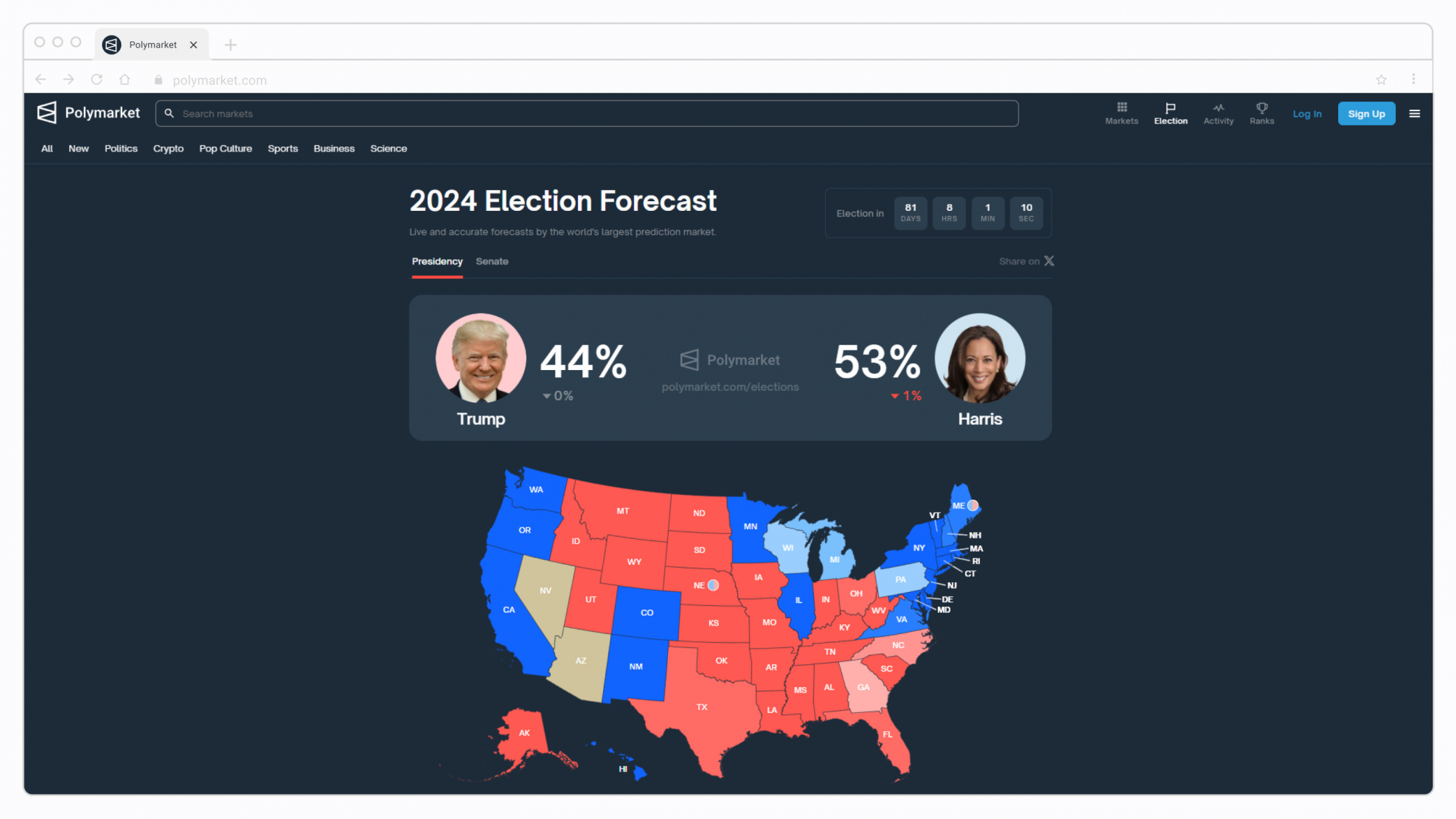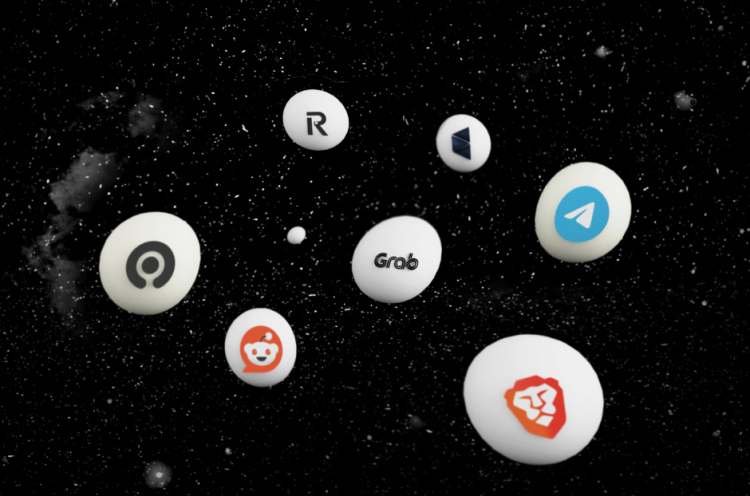Those of us passionate about Web3 sometimes feel like we’re living in another dimension. In our world, we see how impactful blockchain tech is and secretly want everyone to start using it.
But what if they are?
It was a year into my own blockchain journey when I was surprised to learn that Brave is a Web3 browser. I’d been using it to protect my privacy online for years with no idea.
This discovery got me curious: what other apps have ubiquity that the general public doesn’t realize use blockchain technology? Come down the rabbit hole with me while I explore nine cool apps your BFF probably already uses.
1. Brave browser 🦁
We’ll start with Brave since it inspired this article. Brave was released in 2016 with the goal of protecting its users from ad targeting and privacy concerns. It’s open-source and free to use, making it wildly popular. Since its launch, its team has integrated wallets, Tor browsing, Epic Games integration, the Brave Leo chatbot, and (heck yes) the InterPlanetary File System (IPFS).
If you’re using Brave, you can easily interact with dApps and receive Basic Attention Tokens (BAT) for viewing ads. You can also tip content creators in BAT. All of this is equally encouraging to new Web3 users as they don’t need to adopt a foreign app to get started.
Web3 devs, however, complain that Brave’s integration of IPFS and ENS domains doesn’t work as well as desired. We hope this is a growth edge for Brave and that, in the future, it will improve.
In 2020, Brave reported over 20 million monthly users, and in June 2022 their search engine titled Brave Search surpassed 2.2 billion queries. Now, that’s what we call ubiquity!
2. Reddit 🤖
Reddit is the “homepage of the internet,” a traditional chat forum whose well-organized “subreddits” allow users to discuss niche topics (or just shitpost). Reddit has over 50 million daily users, many of whom report preferring it for finding information over a typical Google search.
Back in 2013, Reddit experimented with accepting bitcoin as payment for its Gold User membership. However, the project soon ceased as bitcoin’s volatility made the payment system too risky for users.
It wasn’t until 2020 that Reddit restarted exploring Web3 integration. It first introduced Community Points on Ethereum and eventually transitioned to Arbitrum Nova to scale the project.
In 2021, Reddit made a splash by launching an NFT collection. Four CryptoSnoo NFTs sold for a total of 465 Ether. Reddit then rolled out collectible avatars on the Polygon network. Six months after their launch, there were 3 million avatar holders, which amounted to a total sales volume of over $11 million. While they’ve since lost momentum, Reddit says it’s not done with blockchain, yet.
3. CloudFlare 🌥️
I’ve been using CloudFlare as a web developer since 2015. Despite this, I was surprised to learn that the popular content delivery network (CDN) has been integrating Web3 into its offerings for quite some time. As of August 2024, over 24 million active websites used CloudFlare’s services.
The CDN rolled out IPFS integration as part of its Distributed Web Gateway in 2018 during its first Crypto Week event. This allowed users like you to access IPFS content without the need to run your own node. The offering aligns with CloudFlare’s mission of providing security for its users and reducing censorship across the web.
Then, during its Crypto Week 2019, CloudFlare released an Ethereum Gateway. Doing so, it provided even more access to the blockchain without running a private node. This feature lowers the barrier to entry for developers and companies interested in blockchain integration for their own purposes.
During subsequent Crypto Weeks, CloudFlare has released further security features and announced exploration into decentralized name service (DNS) and decentralized content delivery networks (DCN). These products have not yet been released.
4. Telegram 💬
The popular social media app, with 900 million active monthly users, isn’t just the preferred messenger app for the Web3 native. You’ve probably scanned Telegram QR codes to network at blockchain events. Telegram has been involved in Web3 much longer than you may realize. They released their whitepaper at the end of 2017. In it, they described their open source dApp platform called Telegram Open Network (TON) and the Gram token, which would ICO in early 2018.
The Gram ICO was one of the largest in history, raising approximately $1.7 billion in investment. Unfortunately, the U.S. Securities and Exchange Commission launched legal proceedings in 2019. It resulted in a 2020 injunction that prevented further development of TON and the sale of Gram tokens.
Since then, the open source community has revived TON as The Open Network and repackaged the Gram token as TON Coin. Telegram’s founder has issued official support for TON. In 2022, Telegram offered a wallet bot so users could send and receive TON coins in the app. That initiative has lately evolved into TON Space, a self-custodial wallet that can interact with dApps from Telegram, further lowering the barrier to entry for those who want to explore what Web3 has to offer. Our upcoming report will cover the entirety of the decentralized social media (DeSoc) landscape.
5. Revolut 💳
This well-known digital banking app, founded in 2015, is popular as a business banking solution. Though most of its user base is in Europe, Revolut boasts over 30 million users worldwide. Two years after the company launched, it introduced buying, selling, and trading of cryptocurrencies, specifically Bitcoin, Ethereum, and Litecoin. It has since expanded the supported networks over time.
Crypto payments came next in 2018, with cashback rewards and educational incentives released in 2021 and 2022, respectively. The latest launch, crypto staking, was released in 2023. This offers the crypto-curious the opportunity to further explore its utilization via an app they already use.
6. Robinhood 🪶
Most well-known for lowering the barrier to entry for stock trading, Robinhood offers its 10 million users more Web3 access than they may realize. The app launched in 2015 was named in honor of the mythical man who stole from the rich and gave to the poor. How does crypto factor in?

For Robinhood, it’s all about access. In 2018, it rolled out cryptocurrency trading, first for Bitcoin and Ethereum. By 2021, users could trade on all the popular exchanges. At that time, Robinhood pivoted to developing a wallet so its users could better manage their crypto trading. Over time, the Robinhood wallet has become non-custodial and can now interact with dApps. We love to see companies that ever-evolve their Web3 activities rather than tokenize (pun intended) and forget them.
7. Grab 🚗
Grab (formerly GrabSG) does everything. Need a ride? A package delivered? Insurance? Grab can grab it for you. It’s no wonder that the Singaporean app has taken Southeast Asia by storm (keep it in mind for Token2049). It launched in 2012, and by 2023, it had over 180 million app downloads.
Grab started integrating Web3 tech in 2021, first with crypto payments. GrabPay was developed in partnership with the Global CBDC (Central Bank Digital Currency) Challenge hosted by the Monetary Authority of Singapore. In 2023, Grab partnered with Circle to provide USDC integration in the app’s payment system. Today, rumors are circulating about an NFT rewards system, but nothing official has been released.
8. Gojek 🛒
While Grab has a massive product offering, it pales compared to Gojek. The “super app” was founded in 2010 as a ride-sharing service but has since expanded to everything but the kitchen sink (though they might help you find a plumber). Their core user base, 38 million, is centered in Indonesia, Vietnam, and Thailand.
In 2021, Gojek merged with Tokopedia to form the GoTo Group, at which point they began exploring the utilization of blockchain technology for supply chain management. This would aid their value proposition of efficiently connecting businesses and products to their customers, though no launch has since been announced.
In 2022 the firm purchased PT Kripto Maksima Koin, further solidifying its utility as a cross-border and crypto payments app.
9. Polymarket 🗳️

Who will win the next U.S. election? You probably have an opinion. Polymarket lets you speculate on it. The prediction market boasted over $472 million in predictions made in August 2024. Not bad for a four-year-old company.
Unlike most apps we’ve covered, Polymarket is a true Web3 app, that launched using blockchain technology. Initially Ethereum native, it eventually pivoted to Polygon to lower transaction fees for its users.
Polymarket was investigated by the U.S. Commodity Futures Trading Commission (CFTC) for operating as an unregistered binary options market. A $1.4 million settlement was negotiated, after some markets were shutdown at the end of 2021. Several have since relaunched with compliance in mind.
Honorable Mention: CraigsList 📰
Though in decline, the popular classifieds app still engages hundreds of millions of users each month, primarily in the United States. Avid users will remember when it integrated crypto payments in 2017. At the time, it seemed outlandish. Yet, today, we have the above apps to prove that crypto and commerce can go hand-in-hand.
As you can see, Web3 apps are already finding a healthy market fit. But are blockchain apps ready for mainstream adoption? Move forward in the Track to find out.



